Yoga has been around for over thousands of years, and it is still one of the best ways to enhance both physical and mental health. At the core of yoga practice are the asanas—postures that offer a profound link between the mind and the body. But what are the advantages of performing asanas?
From enhancing strength and flexibility to lowering stress levels and improving mental concentration, the value of yoga asanas cannot be overemphasized. Whether you're a beginner to yoga or a long-time yogi, gaining insight into the benefits of yoga asanas can enrich your practice and improve your life.
What Are Asanas and Their Meaning?
The word "asana" is derived from the Sanskrit term "āsana," which means seat or posture. In yoga, the word asana points to the body postures that are practiced to stretch and strengthen the body. Asanas are intended not just to fortify the physical body but also to balance and calm the mind.
The interpretation of asanas in yoga is the development of ease and stability, paving the way for the deeper meditative levels, i.e., dhyana (meditation).
With the passage of time and development over centuries, various categories of asanas evolved. They tend to be classified depending on their function or which part of the body they aim at. Some asanas work on flexibility, for instance, while others target building muscles or balance.
Read Also: How to Start Teaching Yoga Classes
10 Yoga Asanas and Their Benefits
To better understand the diverse benefits of asanas, here are common yoga asanas and benefits:
1. Tadasana (Mountain Pose)
An excellent standing foundation pose, Tadasana is ideal for enhancing posture, balance, and grounding. It builds leg, core, and spine strength as well as body awareness in general.
2. Adho Mukha Svanasana (Downward Facing Dog)
Perhaps one of the most popular poses, this asana extends calves, hamstrings, and back, and tightens arms and torso as well. It enhances flexibility and eases body tension.
3. Virabhadrasana I (Warrior I Pose)
This powerful position strengthens the arms, legs, and core and increases flexibility in the hips and shoulders. It creates stability and confidence.
4. Bhujangasana (Cobra Pose)
A smooth backbend, Bhujangasana tones the spine and opens up the chest. It increases flexibility of the spine and relieves backache.
5. Setu Bandhasana (Bridge Pose)
This pose targets the back, glutes, and legs, as well as opens the chest and improves posture. It's just great for relieving tension and boosting blood circulation.
6. Trikonasana (Triangle Pose)
A standing position that stretches the sides of the body, enhancing hip, thigh, and torso flexibility. It also strengthens the legs and improves balance.
7. Paschimottanasana (Seated Forward Bend)
A forward bend seated pose that stretches the hamstrings, spine, and back. It enhances flexibility and is especially good for easing tension in the lower back.
8. Dhanurasana (Bow Pose)
This backbend tones the back, arms, and legs and also raises flexibility. It's especially useful in reducing stress and enhancing posture.
9. Utkatasana (Chair Pose)
This demanding pose tightens the thighs, calves, and core, and also enhances balance and stamina. It's also excellent for enhancing concentration and focus.
10. Savasana (Corpse Pose)
Typically performed at the close of a yoga practice, Savasana allows the body to relax and absorb the benefits of the practice. It causes relaxation and stress release.
Physical Health Importance of Yoga Asanas
The benefits of asanas go beyond just stretching or strengthening. Yoga asanas work to improve various aspects of physical health:
1. Enhances Flexibility
One of the main advantages of asanas is greater flexibility. With time, frequent practice of asanas causes the muscles to stretch and become longer, and it becomes simpler to go about life with greater ease and less pain. Greater flexibility also decreases the chances of injury from daily activities.
2. Boosts Immunity
The practice of yoga is known to enhance the immune system. Asanas improve circulation, oxygenate the body, and detoxify by stimulating the lymphatic system. Poses like Chakrasana (Wheel Pose) and Paschimottanasana help cleanse the body, aiding in the strengthening of the immune system.
3. Enhances Bone Density
Yoga asanas, especially weight-carrying postures such as Virabhadrasana II (Warrior II Pose) and Tadasana, assist in preserving and enhancing bone density. Practice on a regular basis is linked with more favorable bone health and can lower the risk of osteoporosis.
4. Reduces Inflammation
Chronic inflammation is a key contributor to many diseases, including arthritis and heart disease. Regular yoga practice, including asanas, can reduce inflammation by improving circulation and reducing stress. Poses like Bhujangasana and Trikonasana can relieve muscle tension and reduce inflammation in the body.
5. Improves Cardiovascular Health
Asanas, accompanied by control over the breath (pranayama), have been shown also to lower blood pressure, reduce the heart rate, and contribute overall to improved cardiovascular health. Tadasana and Adho Mukha Svanasana are both best used to add to cardiovascular wellness.
6. Improves Posture and Body Awareness
Poor posture affects many individuals as a result of prolonged sitting or standing. Yoga asanas assist in aligning the spine, corrects posture, and develops body awareness. Asanas such as Setu Bandhasana and Utkatasana favor spinal health and develop muscles that aid correct posture.
7. Boosts Strength
While yoga is often associated with flexibility, it also helps build strength. Poses such as Plank Pose (Phalakasana) and Virabhadrasana engage multiple muscle groups, helping you build both strength and endurance.
8. Enhances Balance
Balance is essential not only in yoga but in daily life. Practice of asanas such as Vriksasana (Tree Pose) and Utkatasana strengthens balance and stability, which can enhance coordination and avoid falls, particularly in older people.
9. Better Sleep
Many people struggle with sleep issues, but yoga can help. Certain poses, especially restorative asanas like Savasana, promote relaxation and reduce stress, helping to create a peaceful mind and prepare the body for restful sleep.
Also Read: Introduction to Shatkarma
Mental Health Importance of Yoga Asanas
The benefits of yoga asanas extend to mental well-being as well. Yoga has been shown to reduce stress, anxiety, and depression, promoting emotional stability and a greater sense of inner peace:
1. Reduces Anxiety
Yoga promotes mindfulness and assists in bringing the mind into the here and now, minimizing anxiety. Postures like Nadi Shodhana (Alternate Nostril Breathing) and Marjaryasana (Cat Pose) have been found to soothe the nervous system and minimize feelings of anxiety.
2. Stress Relief
Yoga asanas are a great means of releasing stress. Exercises like pranayama (breathing) and meditation reduce cortisol levels, which help one feel calm and relaxed. Asanas like Dhanurasana and Utkatasana are specifically useful in releasing accumulated stress.
3. Improves Self-Esteem
Regular yoga practice can lead to improved body image and self-confidence. It encourages a deeper connection to the self, fostering acceptance and self-love. For those who struggle with body image, yoga poses like Setu Bandhasana and Trikonasana can help promote a positive relationship with the body.
4. Helps Combat Burnout
With the current hectic pace of life, burnout is quite common, particularly among stressful occupations. Yoga has proven to reduce burnout through promoting relaxation, awareness, and emotional resilience. Techniques like Yoga Nidra and meditation recharge the mind and revitalize energy levels.
Final Thoughts
As we have seen, the significance of yoga asanas is immense. From building physical strength and flexibility to mental acuity and emotional balance, the advantages of yoga are irrefutable. Whether you wish to become more flexible, alleviate stress, or generally enhance your lifestyle, yoga asanas offer a comprehensive strategy towards wellness.
If you are prepared to move your practice forward, consider becoming part of a yoga teacher training program. Rishikesh yoga teacher training allows you to immerse in deeper practice and acquire the spiritual and philosophical teachings of yoga that are in support of physical postures.

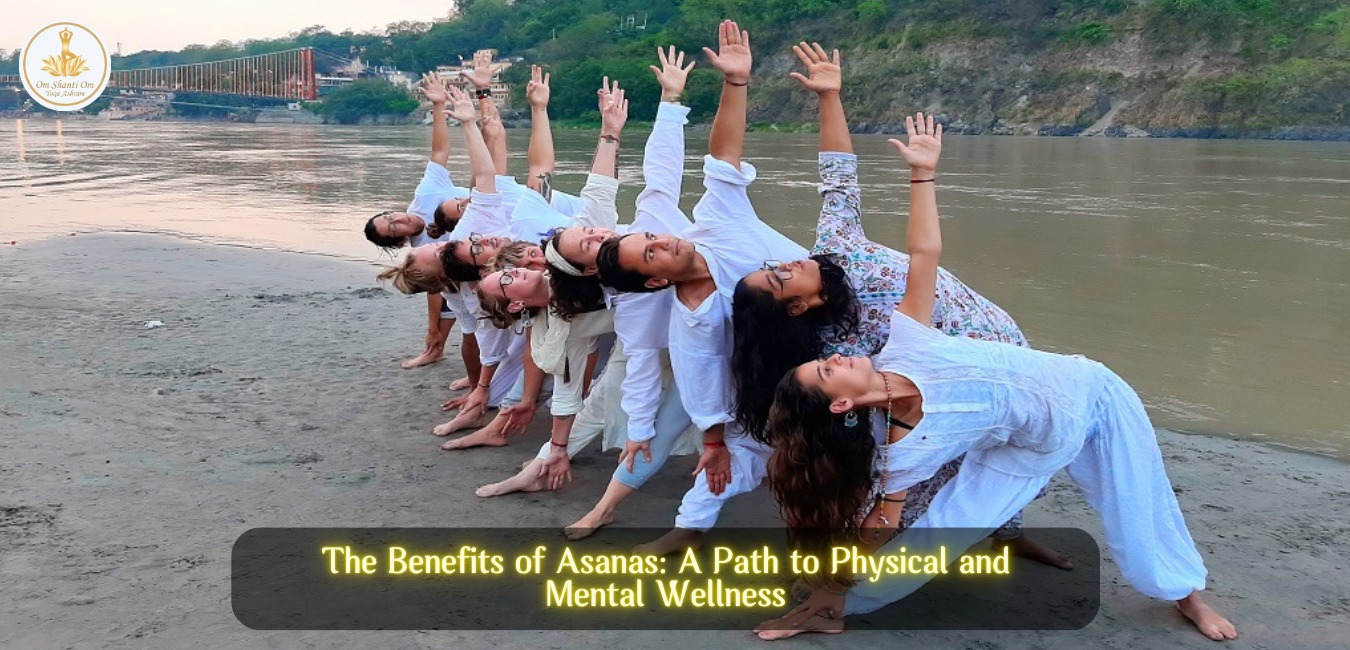







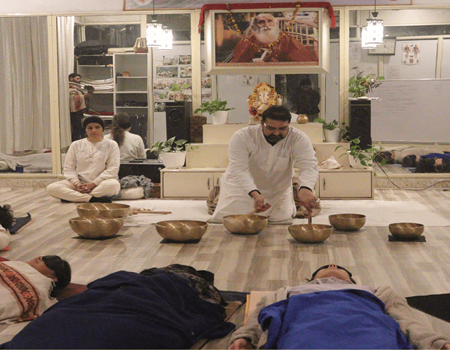


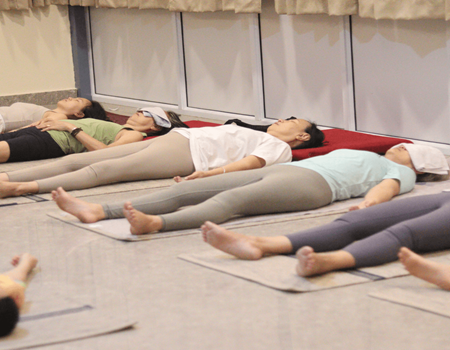


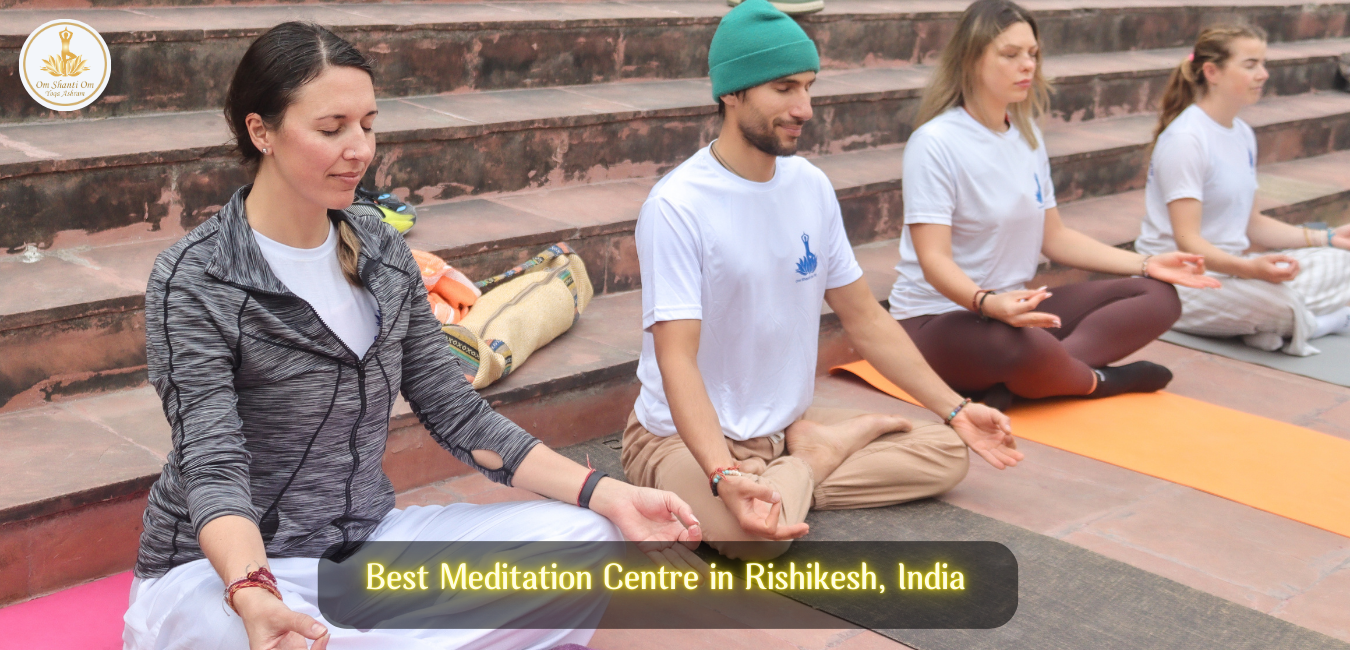

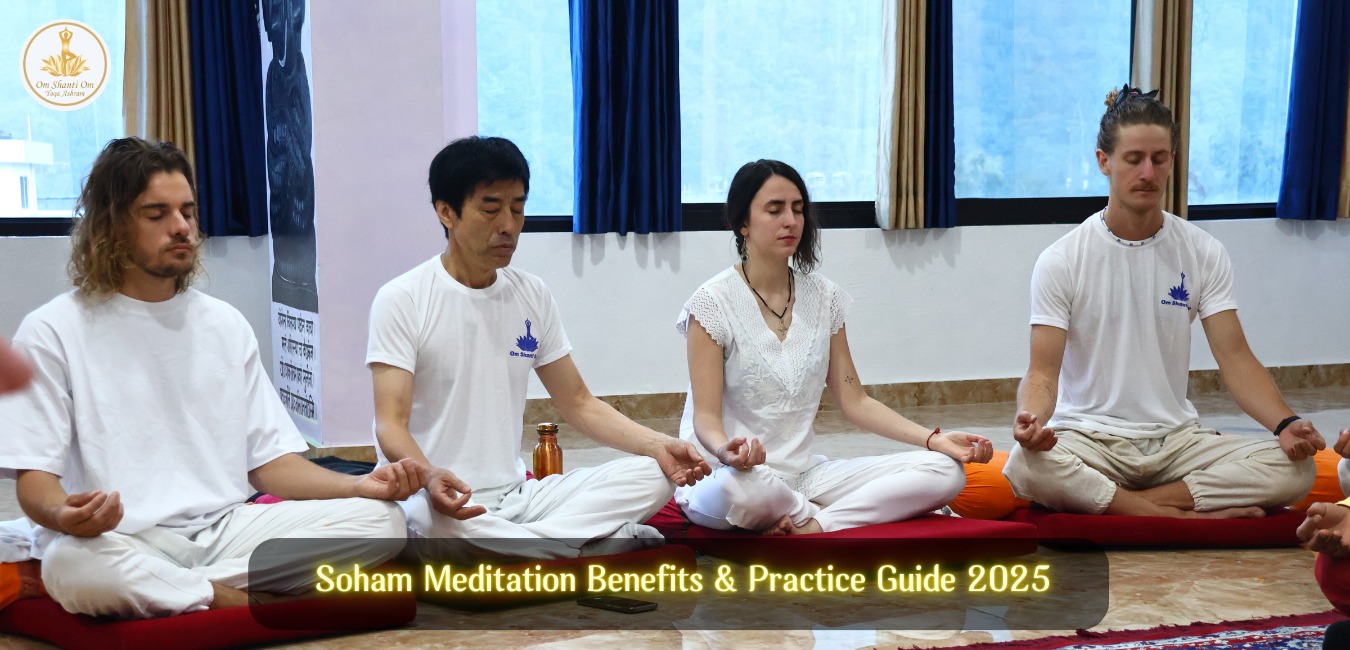



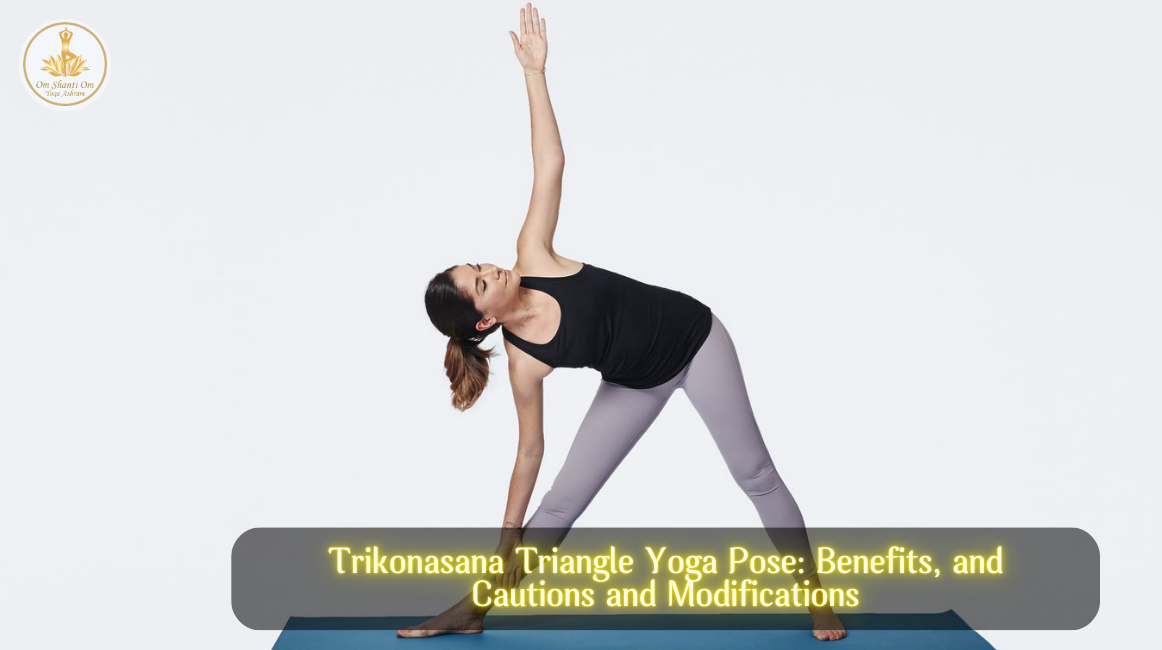


0 Comments
No comments yet. Be the first to comment!